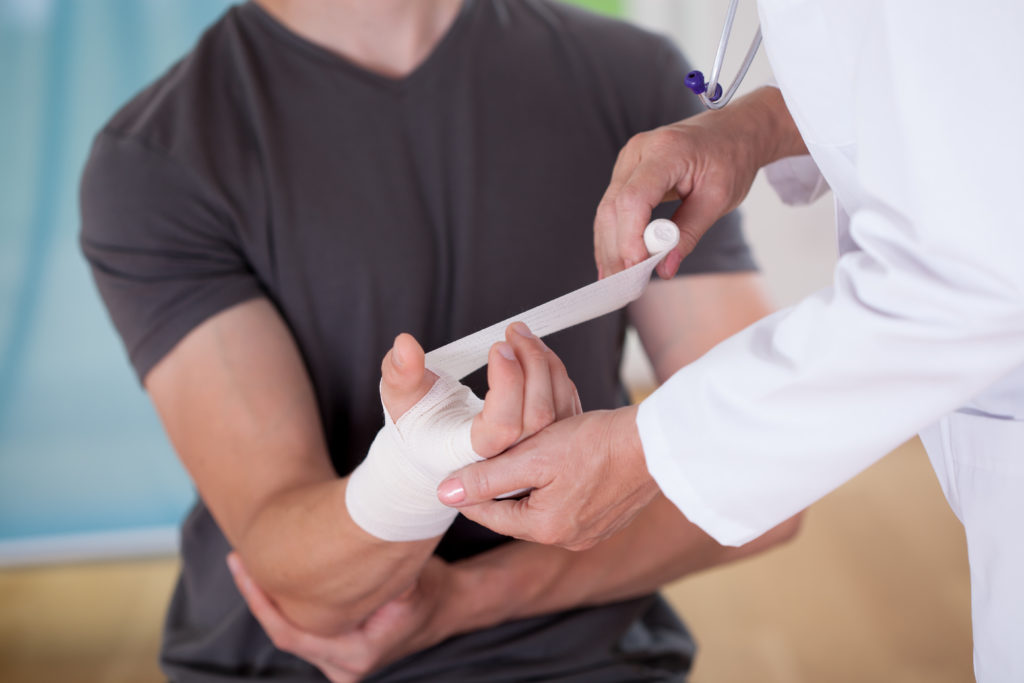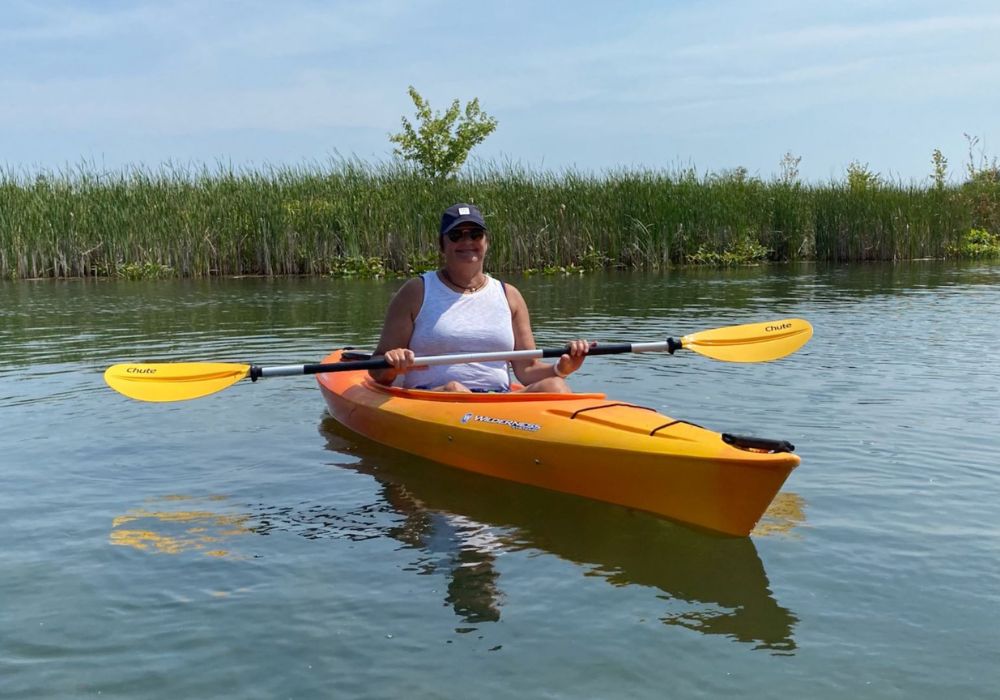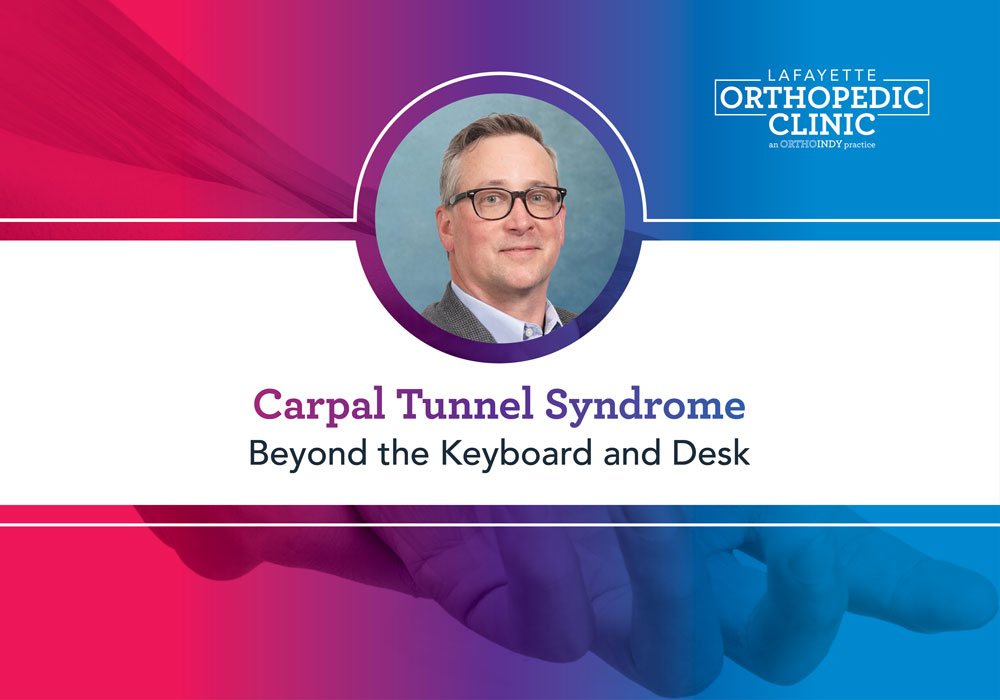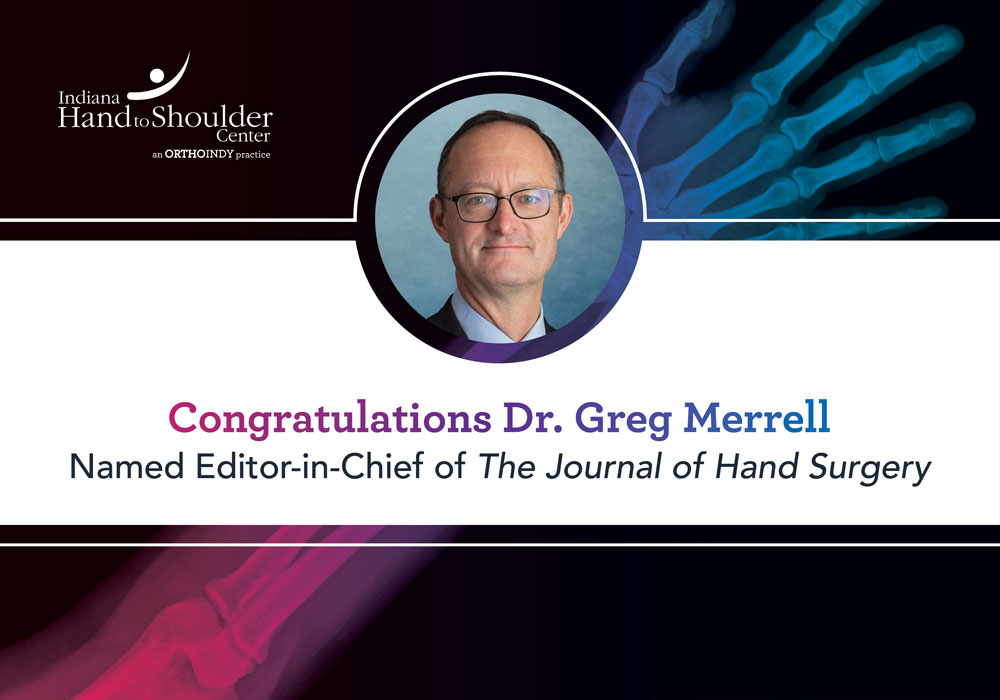THIS POST IS PART OF THE ULTIMATE GUIDE TO HAND, WRIST AND ELBOW INJURIES
Intersection syndrome (tenosynovitis of the radial wrist extensors) is a relatively rare overuse injury similar to De Quervain’s tenosynovitis. In fact, intersection syndrome is commonly seen in conjunction with De Quervain’s tenosynovitis. However, intersection syndrome involves two wrist tendons and one thumb tendon.
What causes intersection syndrome?
Intersection syndrome is typically a result of involvement in sports or other activities that involve repetitive wrist flexion and extension such as weightlifting, rowing or frequent cellphone use such as texting.
Most of the tendons around the wrist are covered with a thin tissue called tenosynovium. Tenosynovium is very slippery. It allows tendons to glide against one another and the surrounding muscles, fat, and skin with very little friction.
If you overuse the wrist extensor tendons, the slippery tenosynovial lining may become inflamed from the constant rubbing against the two thumb muscles. As the tenosynovium becomes more irritated and inflamed, it swells and thickens. You feel pain when you move your wrist because the swollen tendons are rubbing against the thumb muscles.
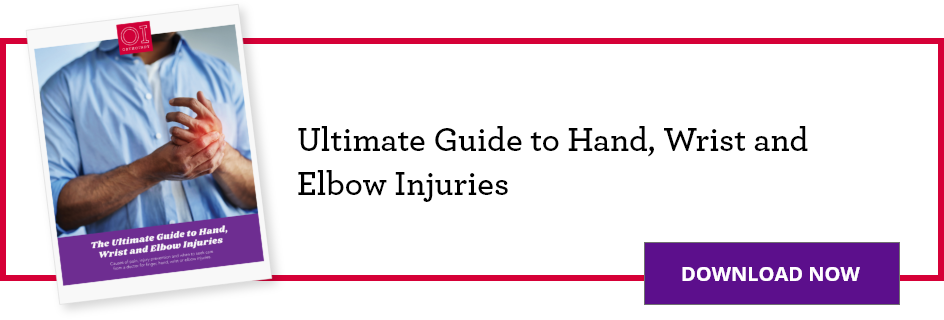
Symptoms of intersection syndrome
- Pain on the back of the forearm near the wrist joint on the thumb side
- Noticeable swelling
- Squeaking or creaking sound in the tendons
Physician examination
A physician will be able to diagnosis you with intersection syndrome by evaluating your hand and listening to your symptoms. X-rays or other imaging tests are usually not needed.
MAKE AN APPOINTMENT WITH A HAND SPECIALIST
How is intersection syndrome treated?
In most cases intersection syndrome is treated nonsurgically first. In extreme cases surgery might be necessary and will involve part debridement (removal) of the inflamed tissue and part decompression, which will relieve pressure and alleviate pain.
Non-operative treatment options for intersection syndrome
- Rest or avoiding activity that causes pain
- Wrist splinting or thumb spica brace
- Ice
- Steroid injections
- Anti-inflammatory medications such as ibuprofen or aspirin
- Topical anti-inflammatories
- Physical or occupational therapy
Surgery for intersection syndrome
The surgery procedure can usually be done on an outpatient basis, which means that you won’t have to spend the night in the hospital. It can be done using a local or a regional anesthetic. A regional or local anesthetic blocks the nerves going to only a certain part of the body.
How long does it take for intersection syndrome to heal?
If nonsurgical treatment is successful, you may see improvement in four to six weeks. If you had surgery, recovery is typically faster. However, rehabilitation and a return to normal activity depends on your physical therapist and physician’s guidelines. Typically, after surgery you will require one week for wound healing and two to four weeks until full recovery.
Learn more about hand, wrist and elbow treatment at OrthoIndy.
Schedule an appointment
Your well-being is important to us. Click the button below or call us to schedule an appointment with one of our orthopedic specialists. If your injury or condition is recent, you can walk right into one of our OrthoIndy Urgent Care locations for immediate care. For rehabilitation and physical therapy, no referral is needed to see one of our physical therapists.


